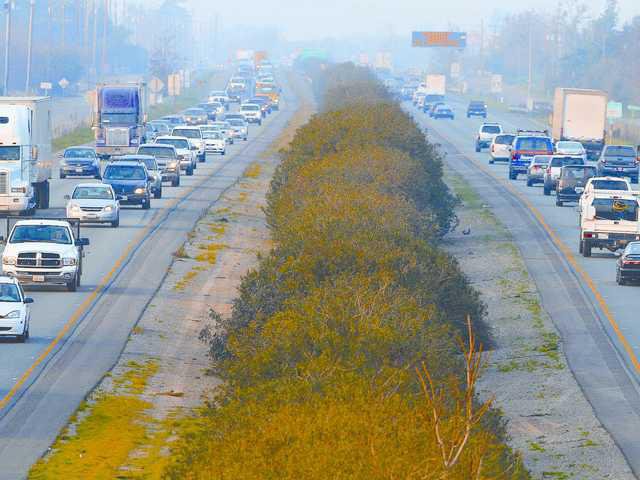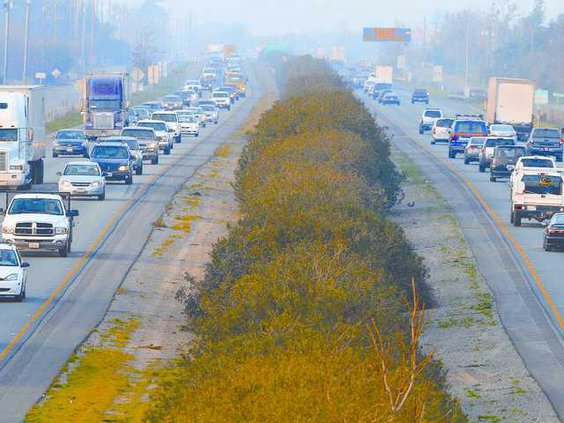Global warming for most is abstract.
But that is about to change.
Whether you believe it is an environmental crisis or unfounded, concern about global warming is going to soon change your life and how Manteca develops. And the solutions are going to cost you money.
That’s because Manteca - like all other local jurisdictions in California - is under a state mandate known as the Global Warming Solutions Act authorized in 2006 as Assembly Bill 32.
In a nutshell, it essentially requires all Californians to reduce water and electricity use as well as air pollution caused by driving. Cities such as Manteca will essentially force the type of behavior that is needed to meet mandated state targets for emissions reductions.
Manteca as an entire community generated 408,869 metric tons of carbon dioxide equivalents in 2010. Based on growth projections and current usage, Manteca will generate 548,437 metric tons of emissions in 2020. State regulations being implemented on everything from how car engines are built to blanket air quality standards and water use regulations is expected to whittle that number down to 441,668 metric tons in 2020. Manteca’s community target as assigned by the state, though, is 429,693 metric tons of emissions.
That means Manteca has to come up with city driven ways to reduce projected emissions by another 12,014 metrics tons a year.
The administrative draft of the state required climate action plan that is just now starting to be circulated has 12,289 metric tons of emission reductions proposed. That would essentially take down today’s per capital of 6.27 tons of emissions down to 4.91 metric tons for every Manteca resident.
It is tempting to ignore the statistics as they come across as mumble jumble. But from that mumble jumble the city is being forced to alter development patterns, traffic, water use, and even landscaping patterns to meet the state mandate.
The climate action plan is designed to make sure the state mandated general plan - the document that guides city growth - will not undermine the requirements that Assembly Bill 32 has imposed.
The reduction strategies cover modifications to land use, transportation, energy use for new and existing buildings, waste diversion, water recycling, energy recovery, and specific strategies for the city itself in regards to municipal operations. It also imposed changes for existing development.
Most are the local measures are passive but they have a price tag whether it is installing purple pipe to use recycled water from the wastewater treatment plant to irrigate parks or to putting in place traffic calming devices aimed at reducing air pollution from vehicle idling at traffic lights or stop signs. In new development the cost will be collapsed into the price of homes. But how the city plans to cover the tab for measures that involve existing development is unknown at this time.
Global warming now Manteca issue
Mandated emissions reductions will change face of city




